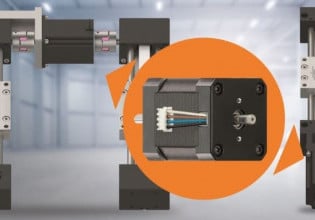B
I have recently been learning VB v5 and I am still at the early stages so forgive me if I am asking a stupid question. " How can you ensure the reliability of a VB program"
I was astonished to discover that you really have to know these VB objects and their limitations very well. These limitations are often far from obvious or intuitive and will cause the system to hang under adverse conditions ( a bit like a basic prog that calls for division by zero only far more obtuse). Of course you can run and debug the procedure but how can you be sure that you have covered all the conditions? The more complex the procedure, the more obscure the likely faults.
As we know only too well, programmers hate writing up their work in a way that someone else can follow easily (one hour of code takes 5 hours to writeup and validate). Have you ever seen a system where blocks of code are written up, checked and approved (just like a design drawing). I know there is a Quality Assurance standard for software but Ive never seen a program with a QA approved stamp on it??
I ramble on about this because of the push to you PC in the automation business and all the emphasis seems to be at the juicy end - programming and problem solving. Nothing comes from the systems end where I am sitting
I was astonished to discover that you really have to know these VB objects and their limitations very well. These limitations are often far from obvious or intuitive and will cause the system to hang under adverse conditions ( a bit like a basic prog that calls for division by zero only far more obtuse). Of course you can run and debug the procedure but how can you be sure that you have covered all the conditions? The more complex the procedure, the more obscure the likely faults.
As we know only too well, programmers hate writing up their work in a way that someone else can follow easily (one hour of code takes 5 hours to writeup and validate). Have you ever seen a system where blocks of code are written up, checked and approved (just like a design drawing). I know there is a Quality Assurance standard for software but Ive never seen a program with a QA approved stamp on it??
I ramble on about this because of the push to you PC in the automation business and all the emphasis seems to be at the juicy end - programming and problem solving. Nothing comes from the systems end where I am sitting






